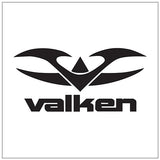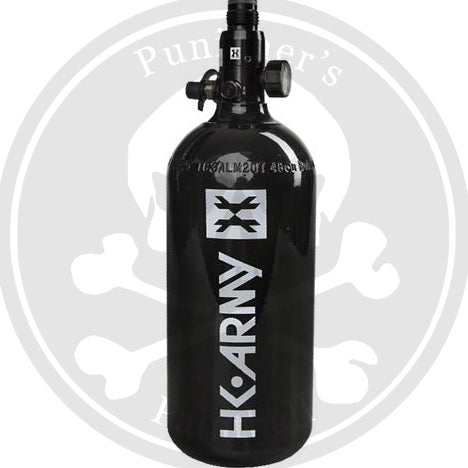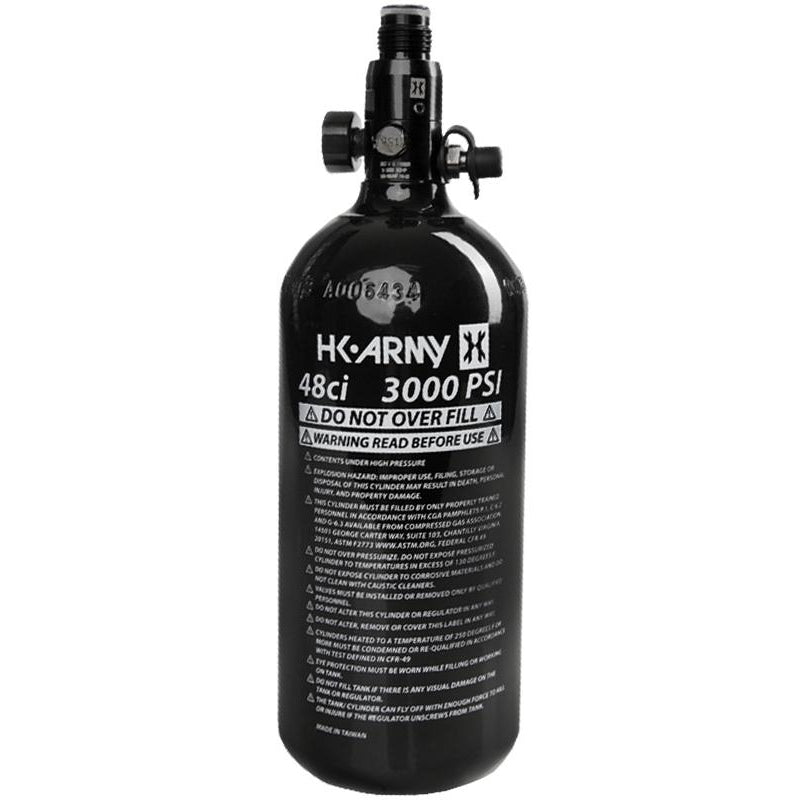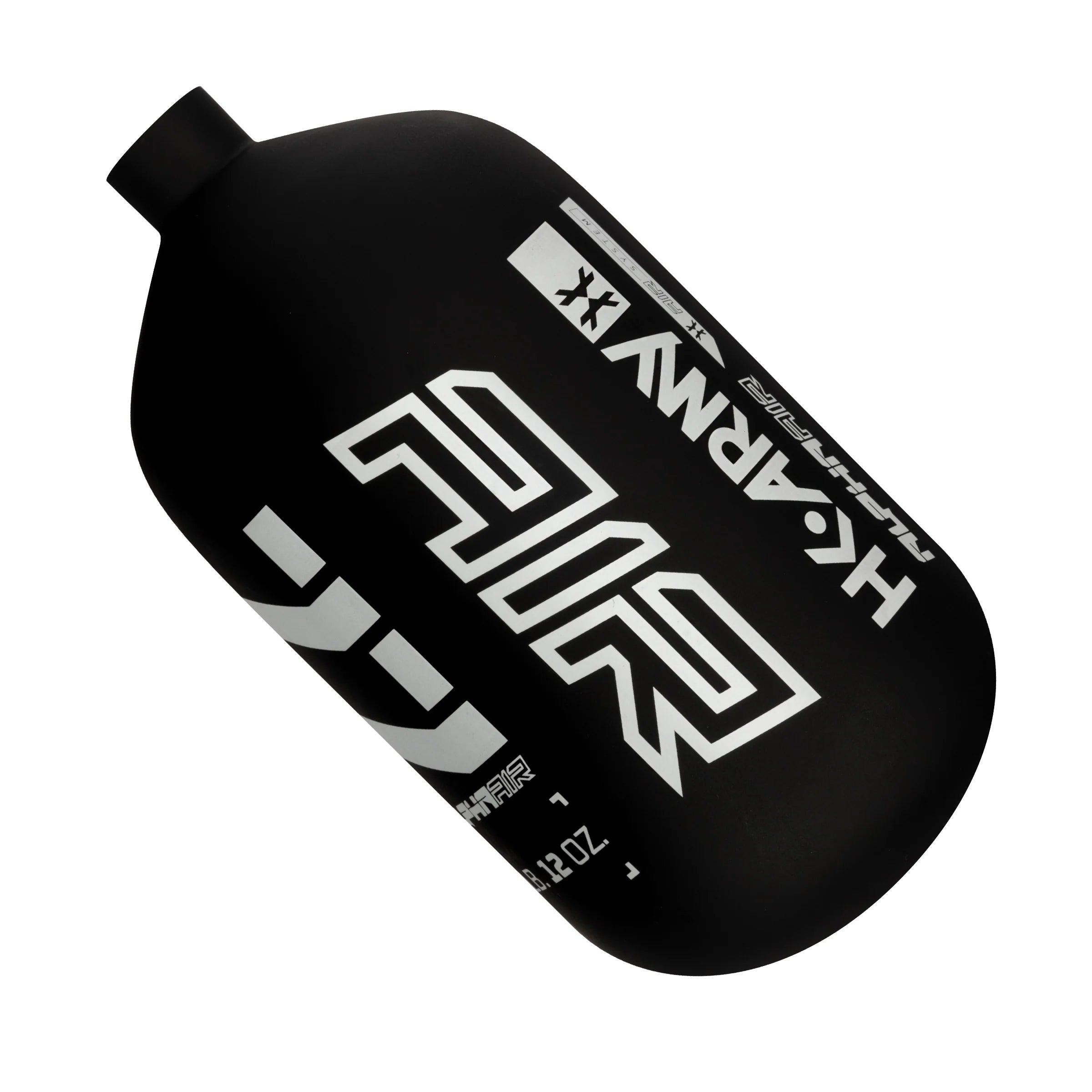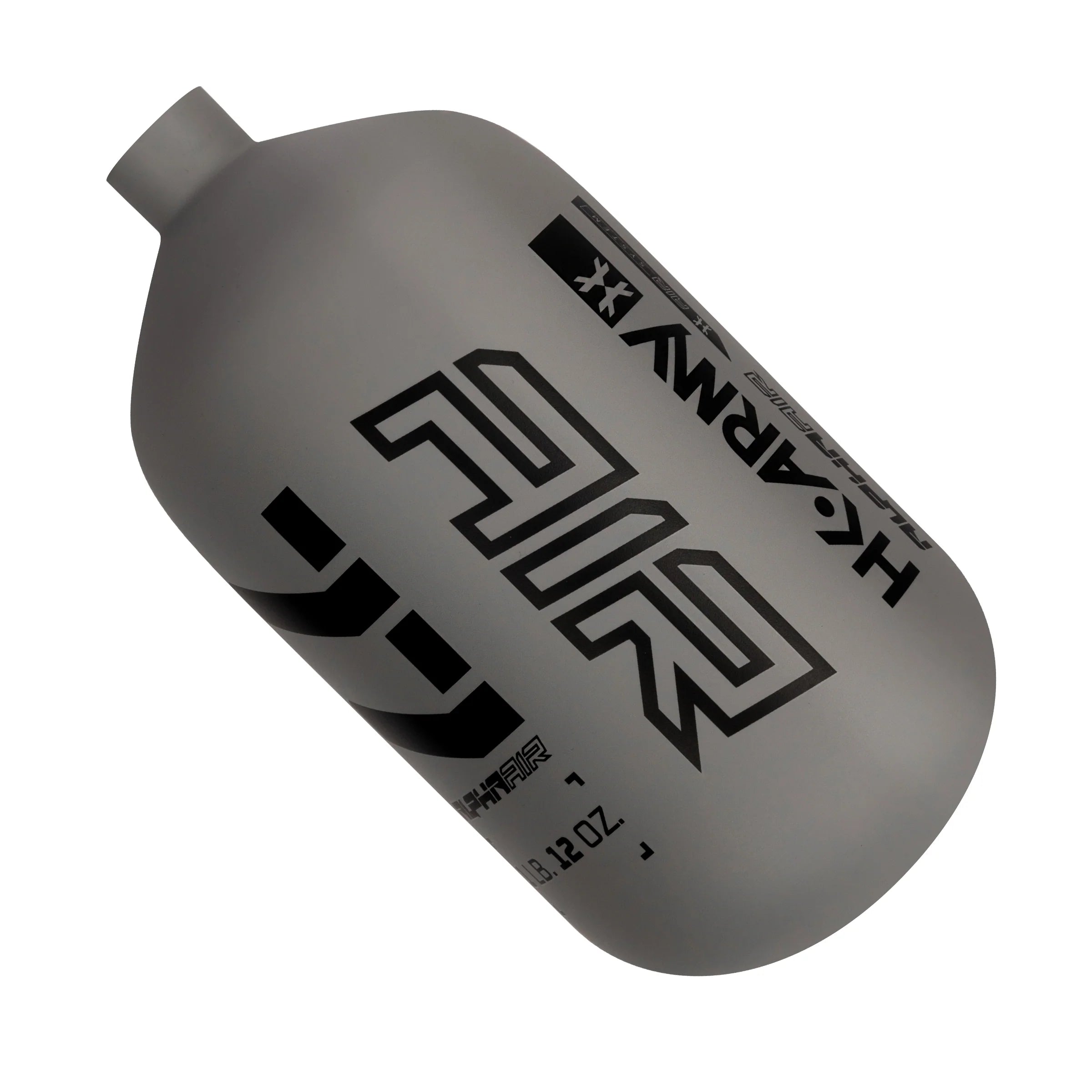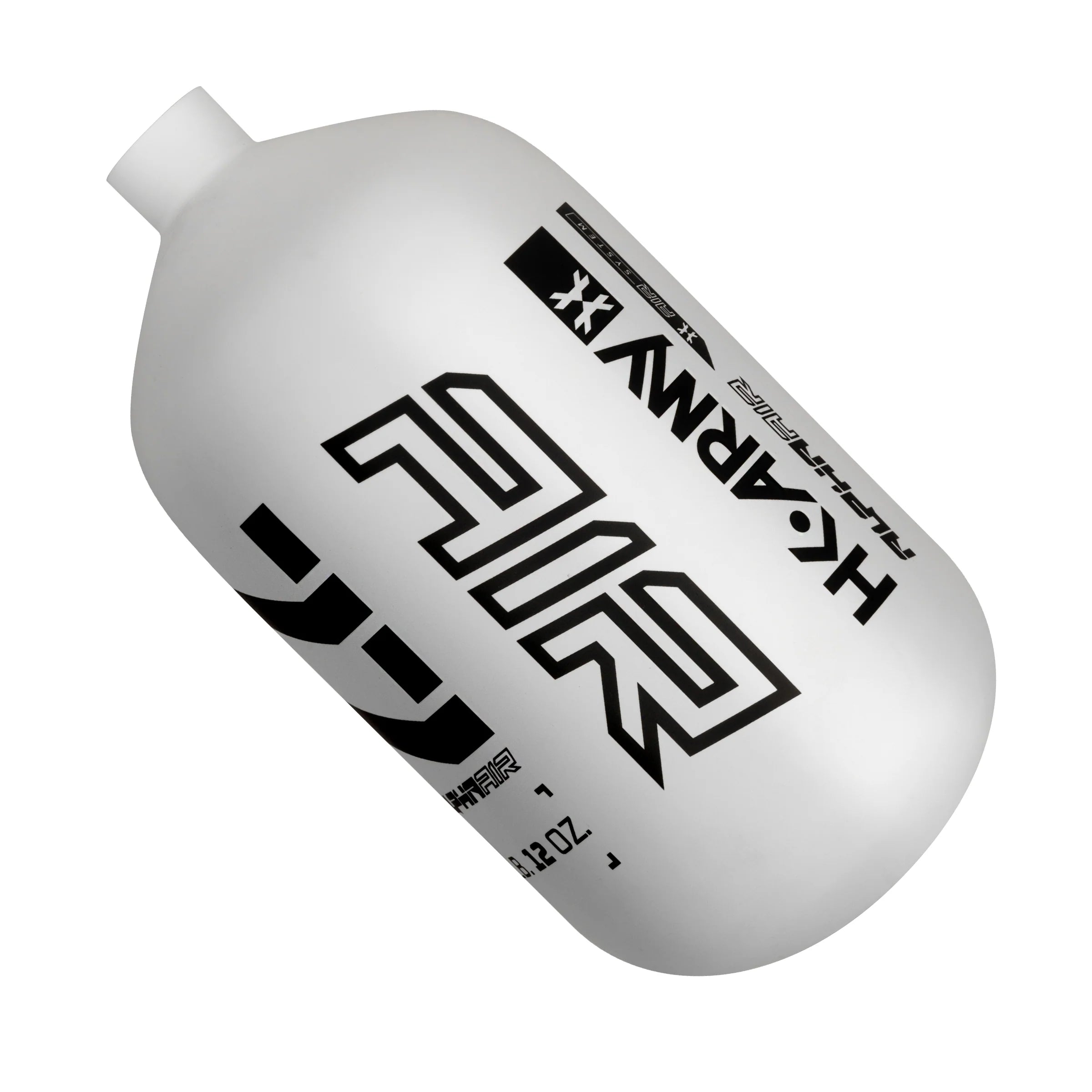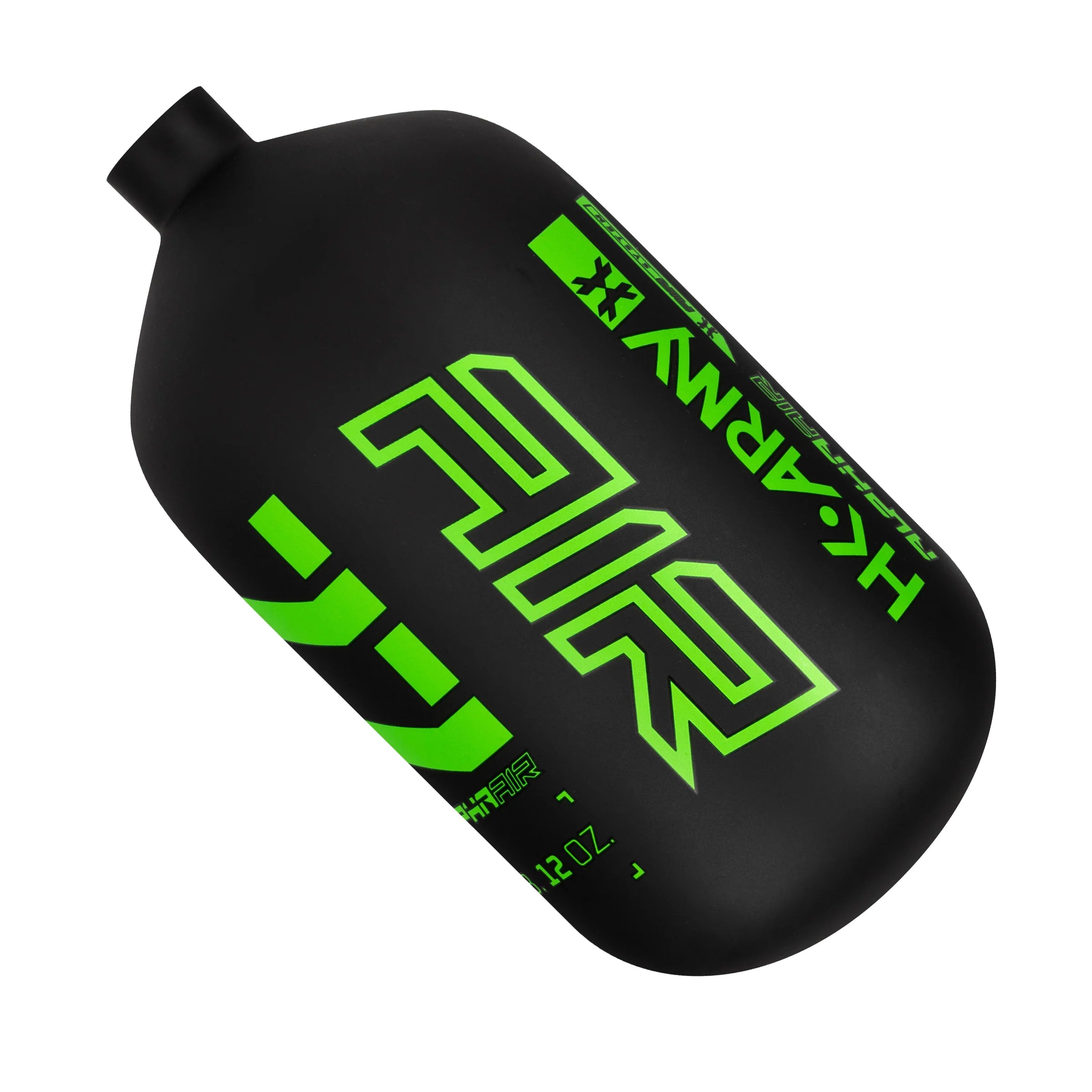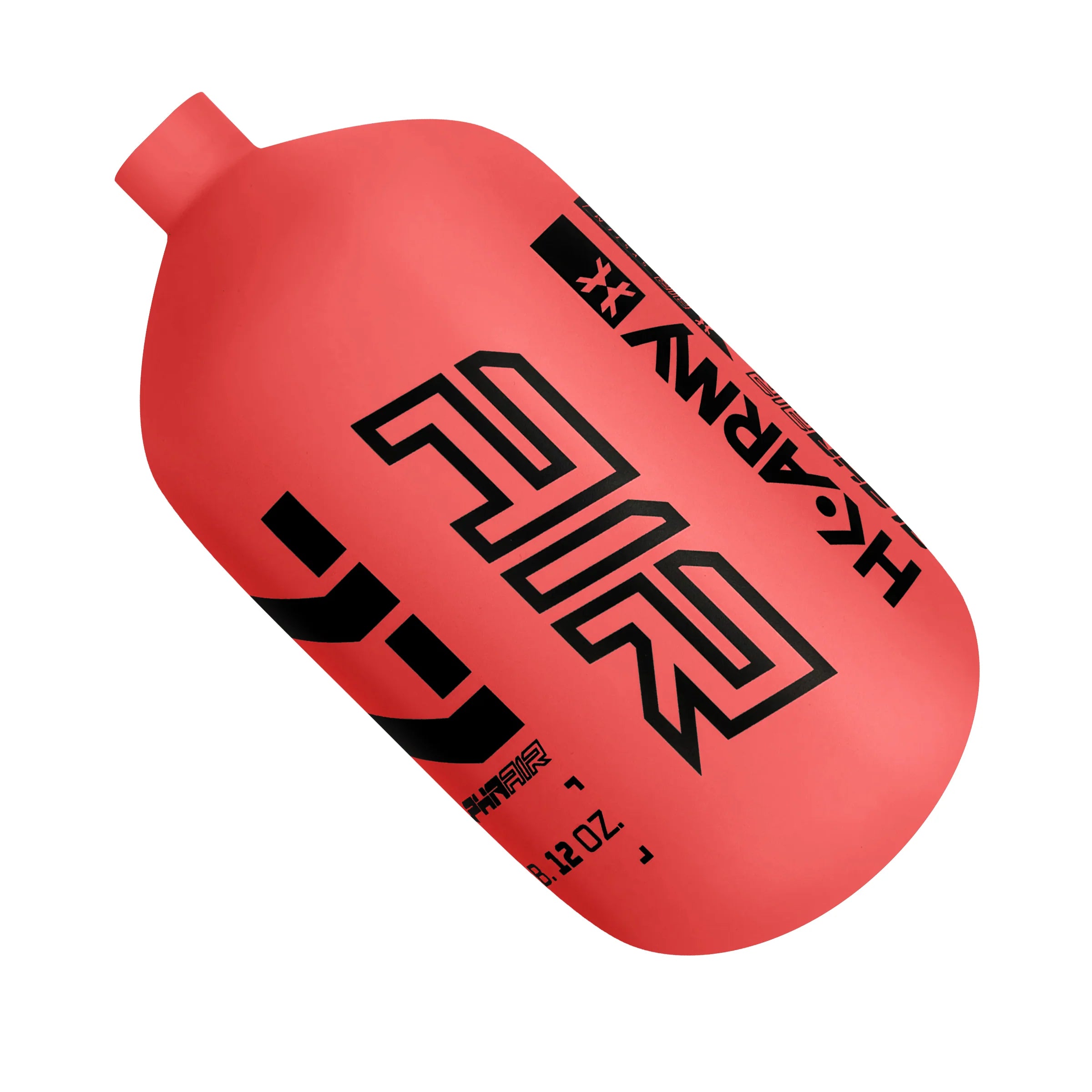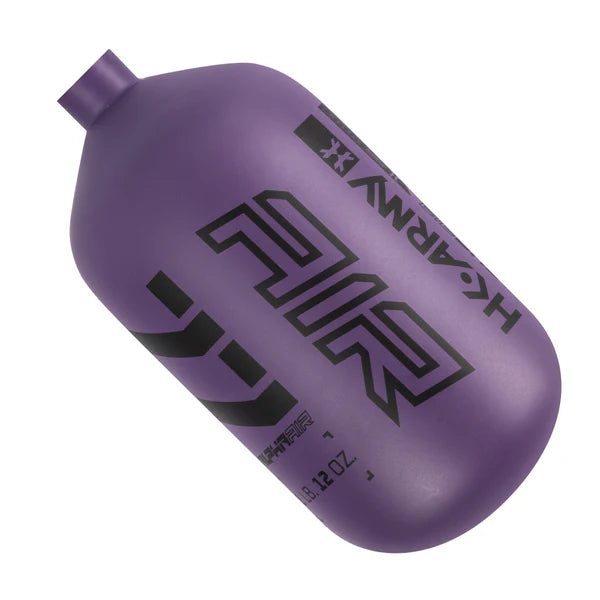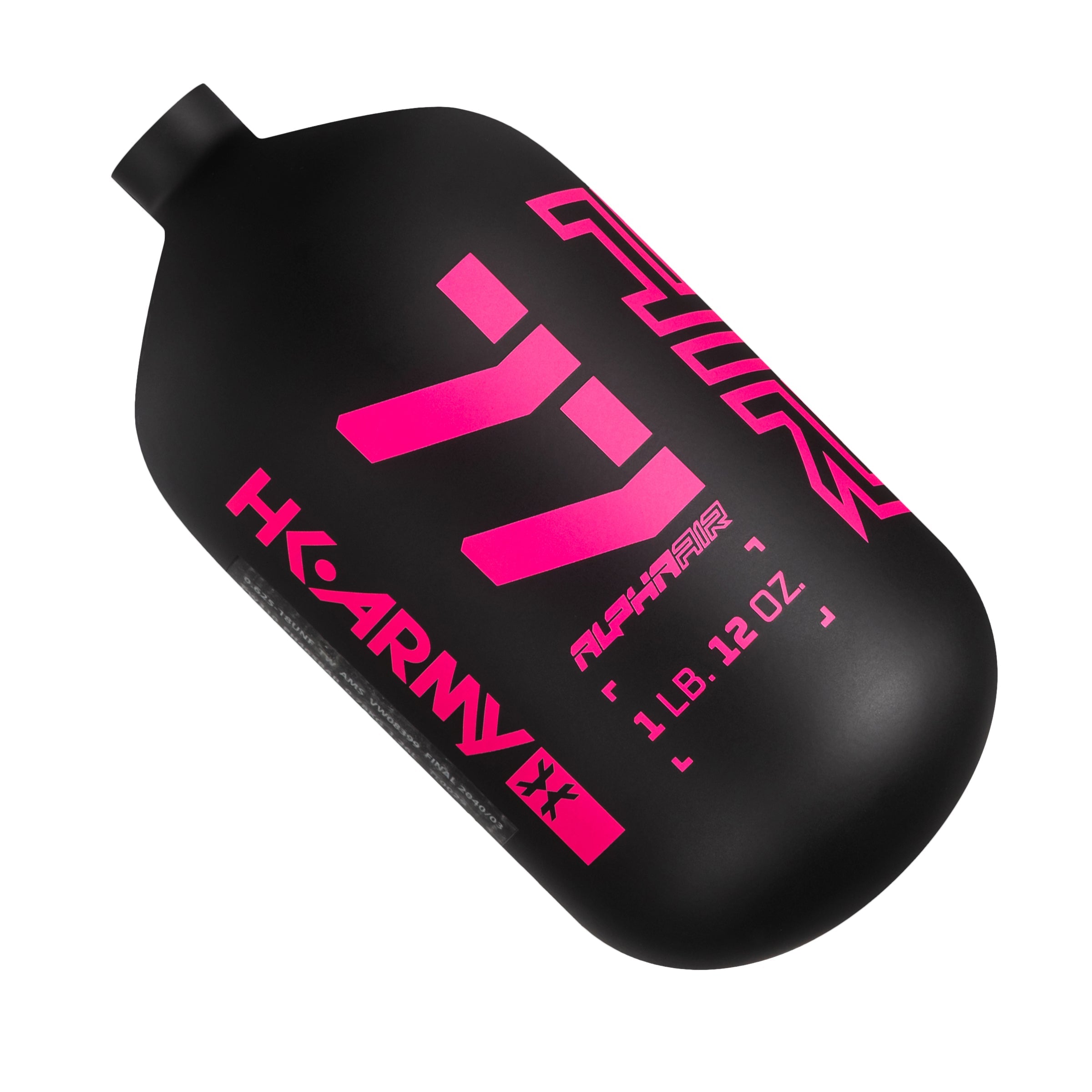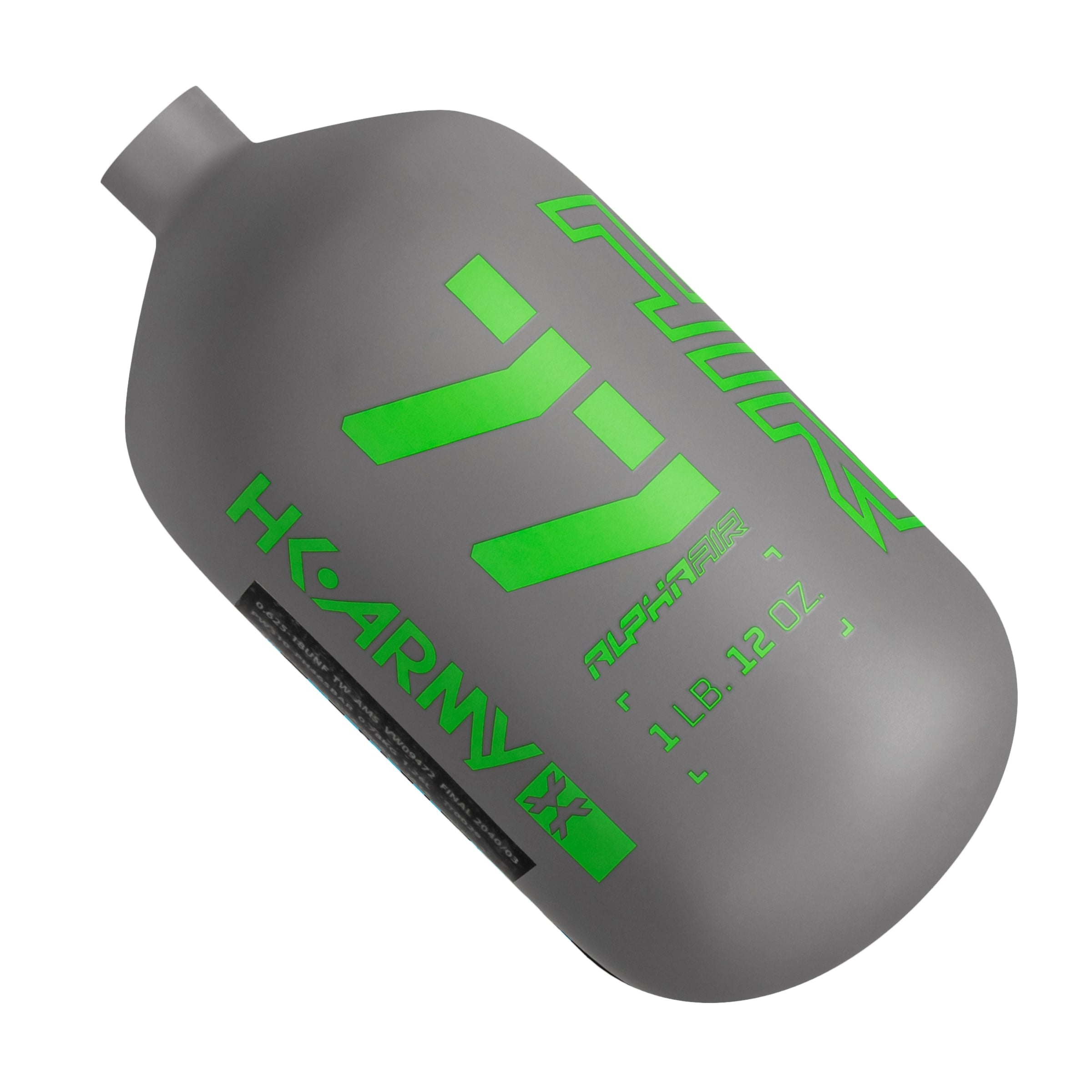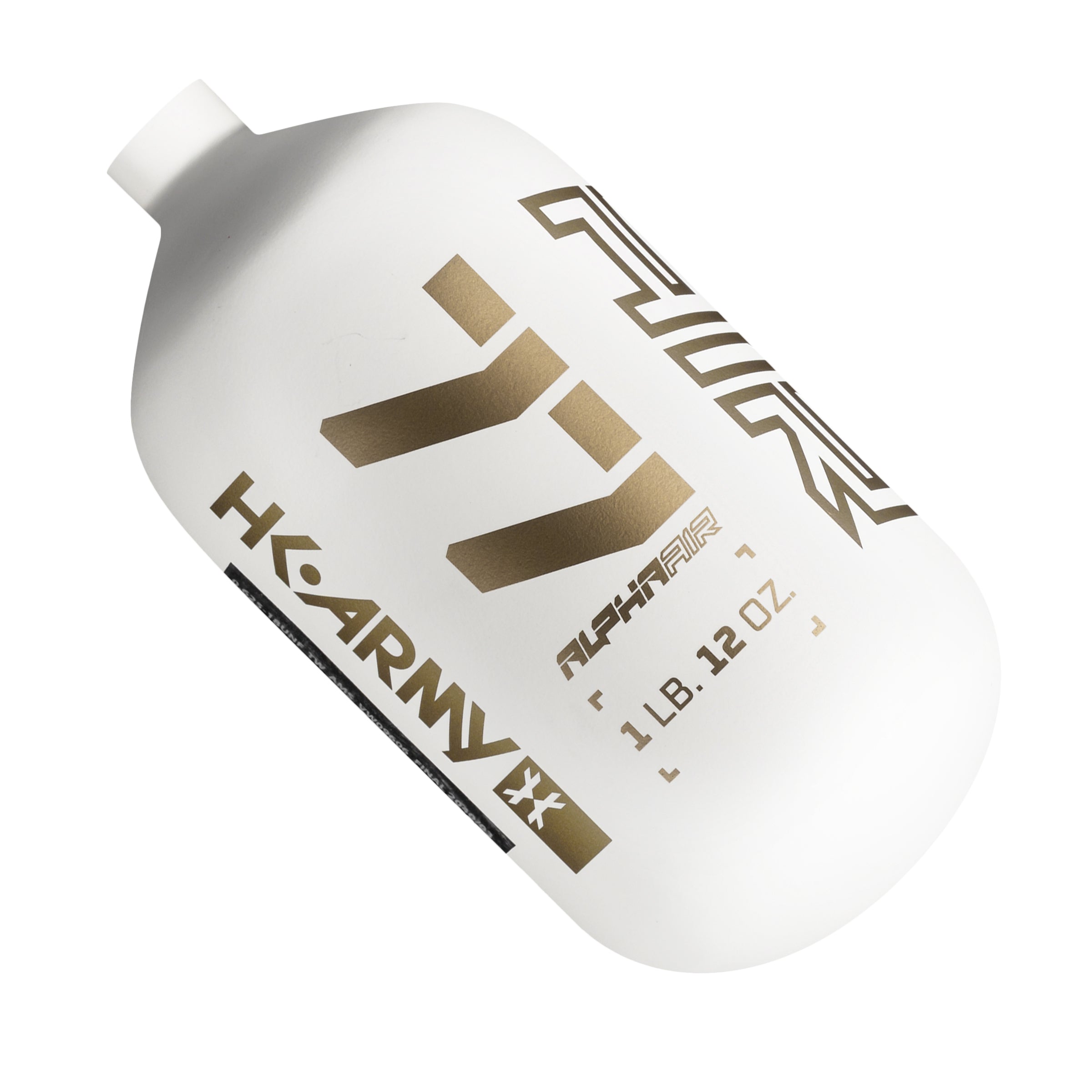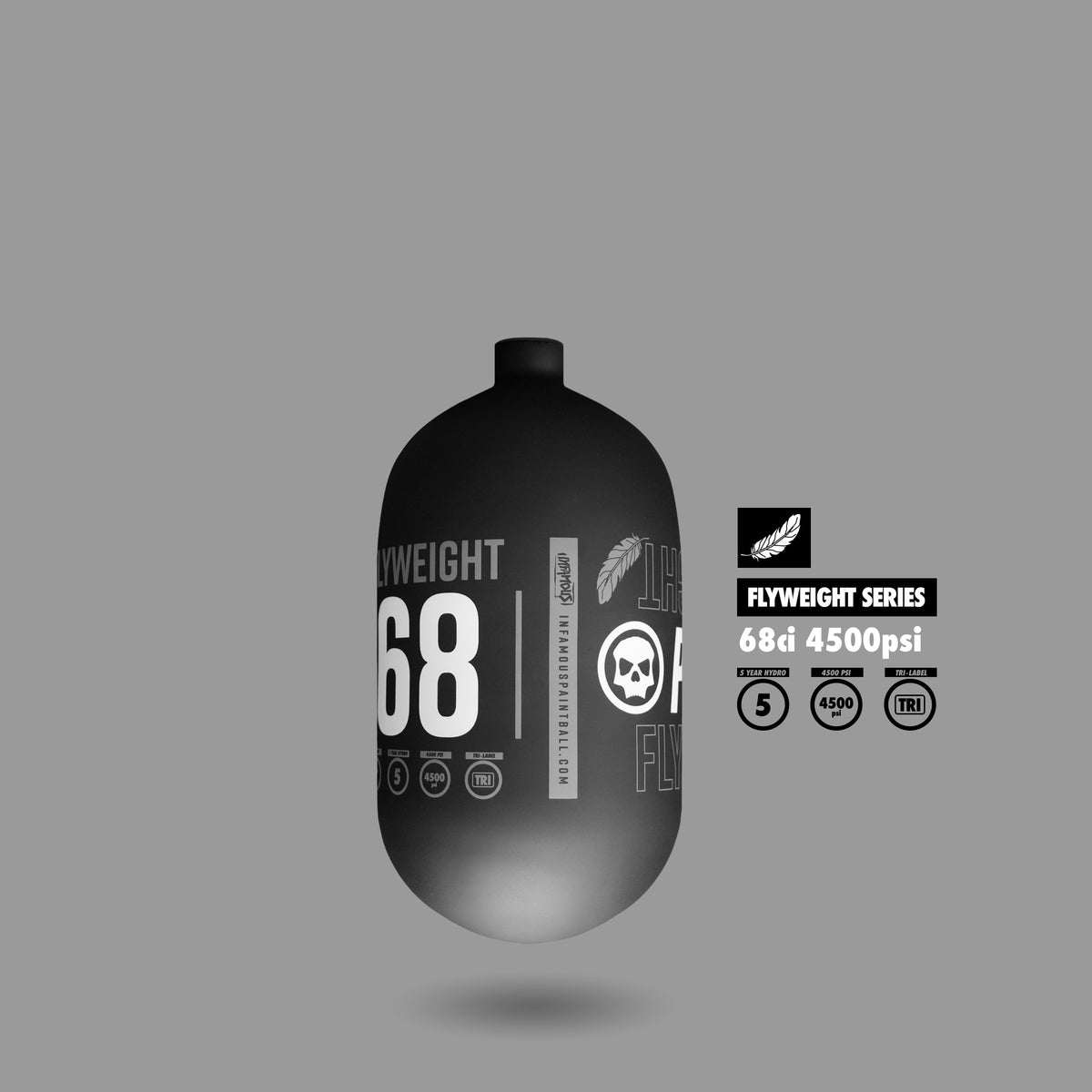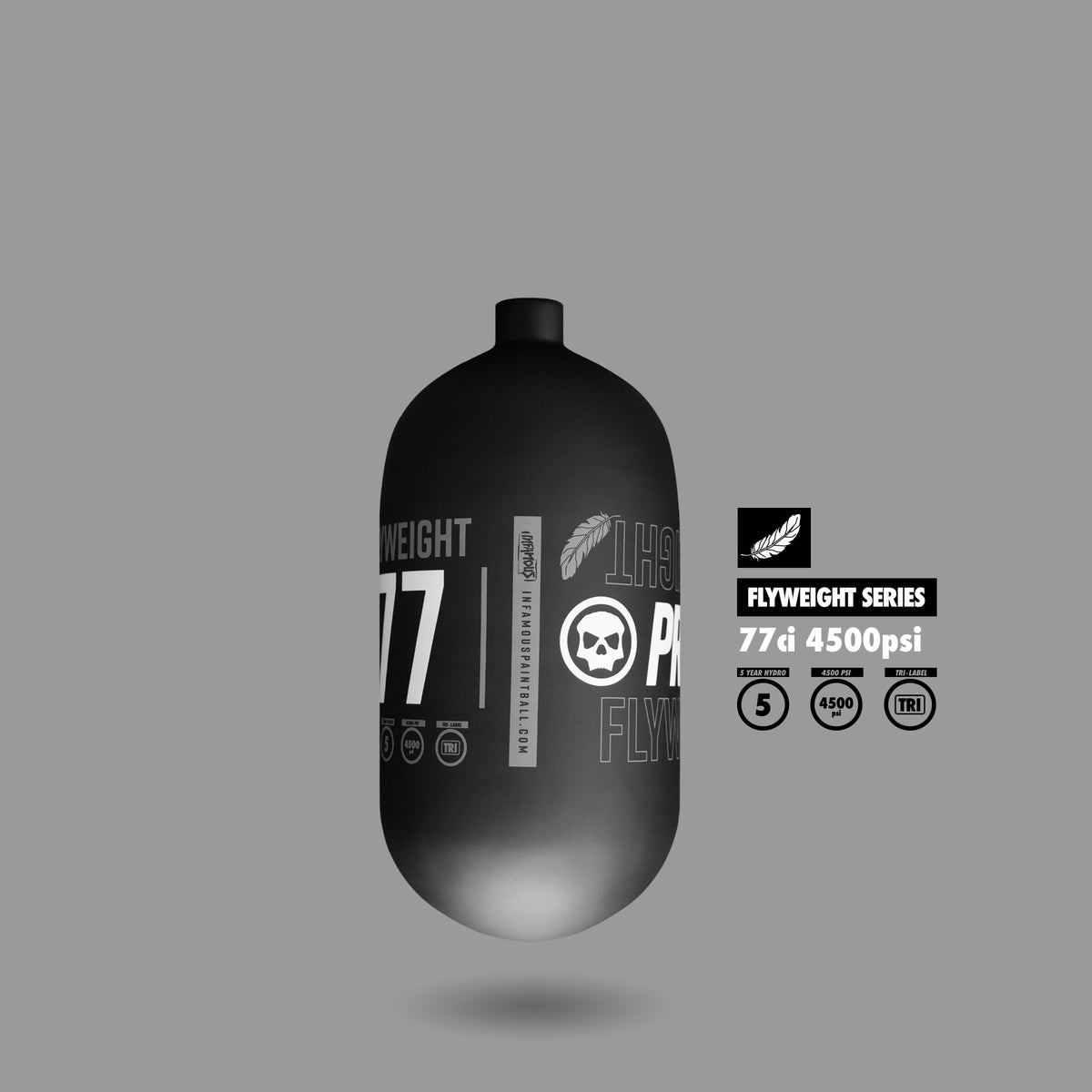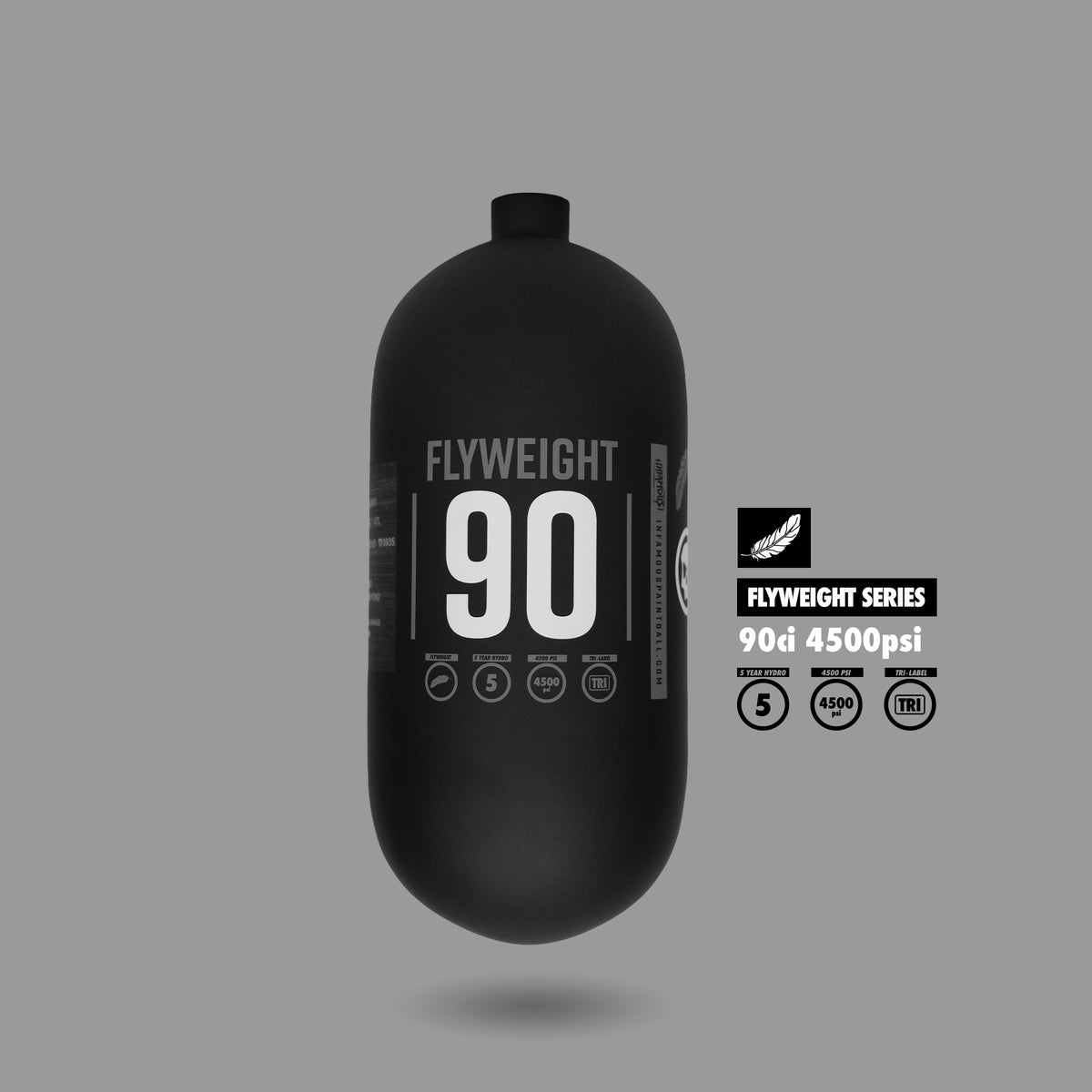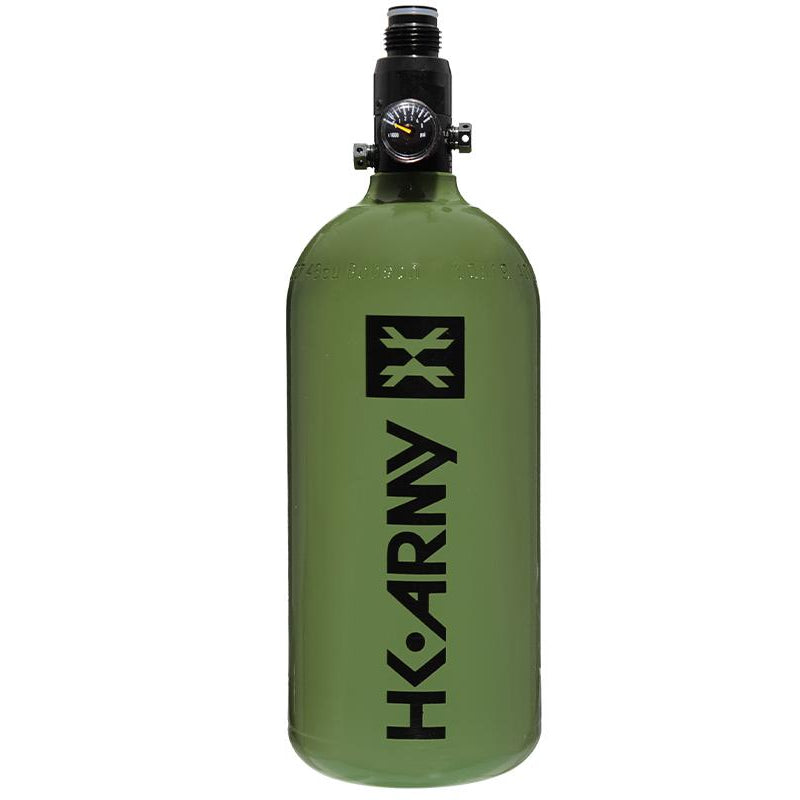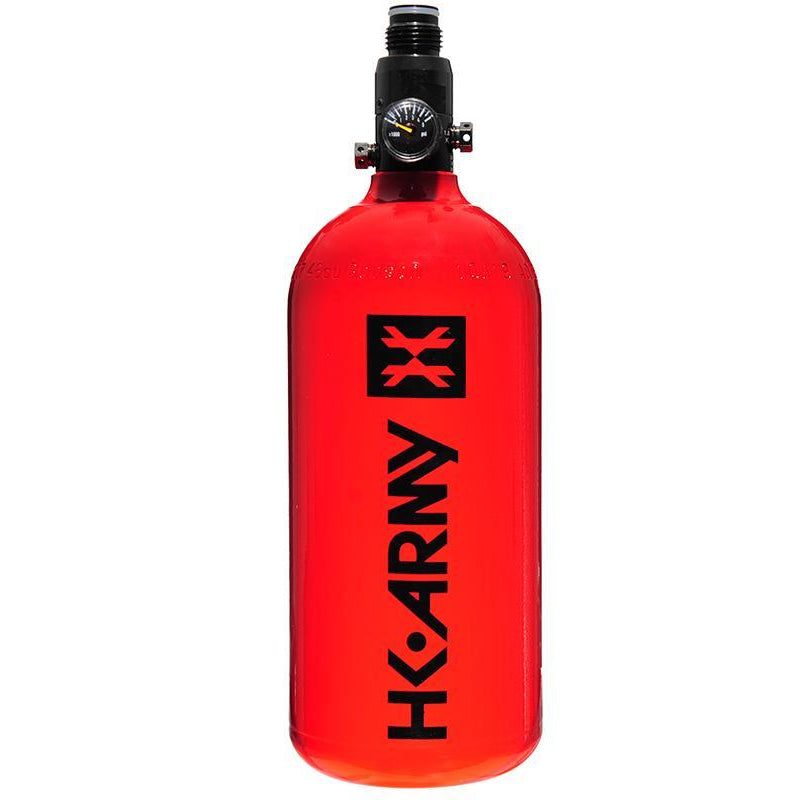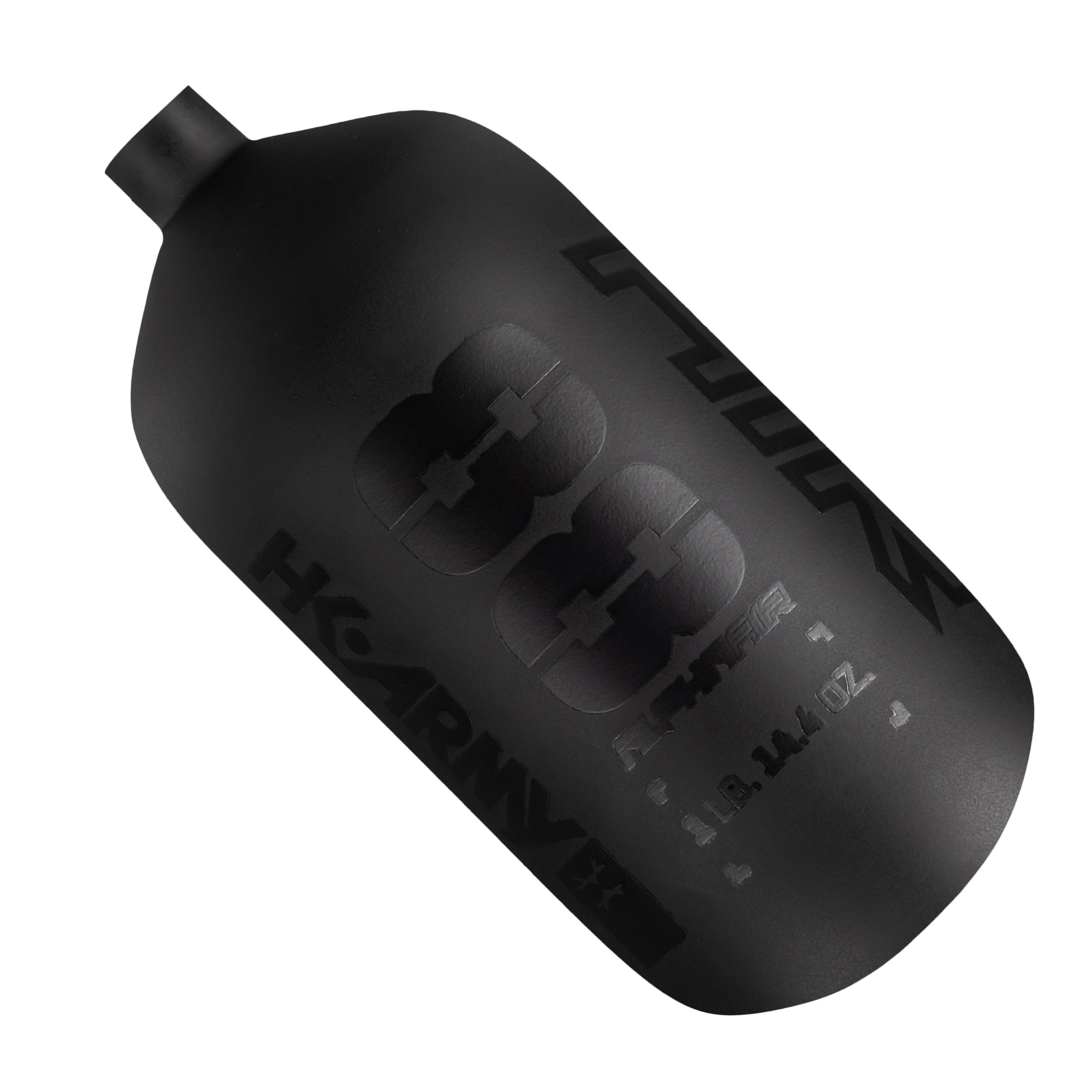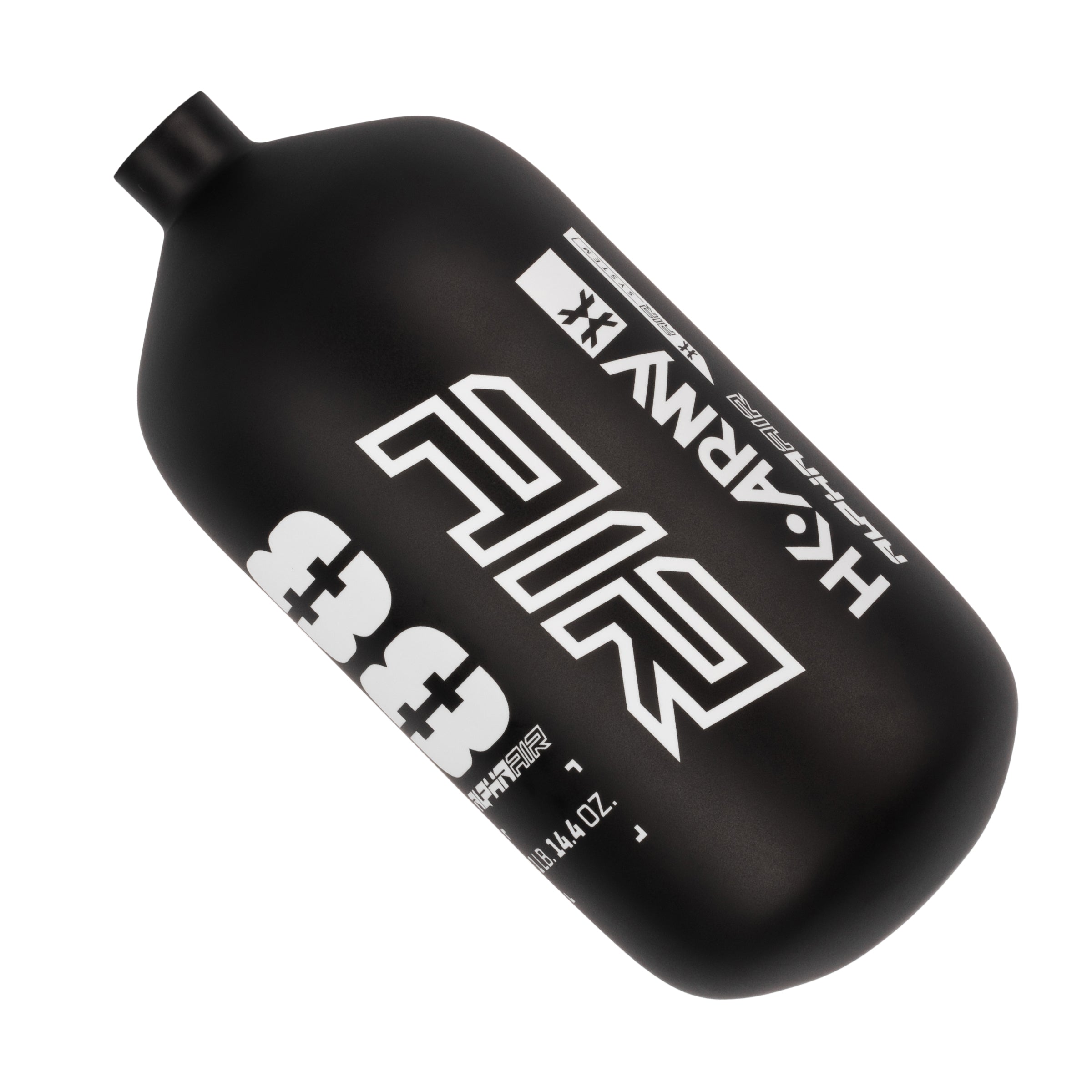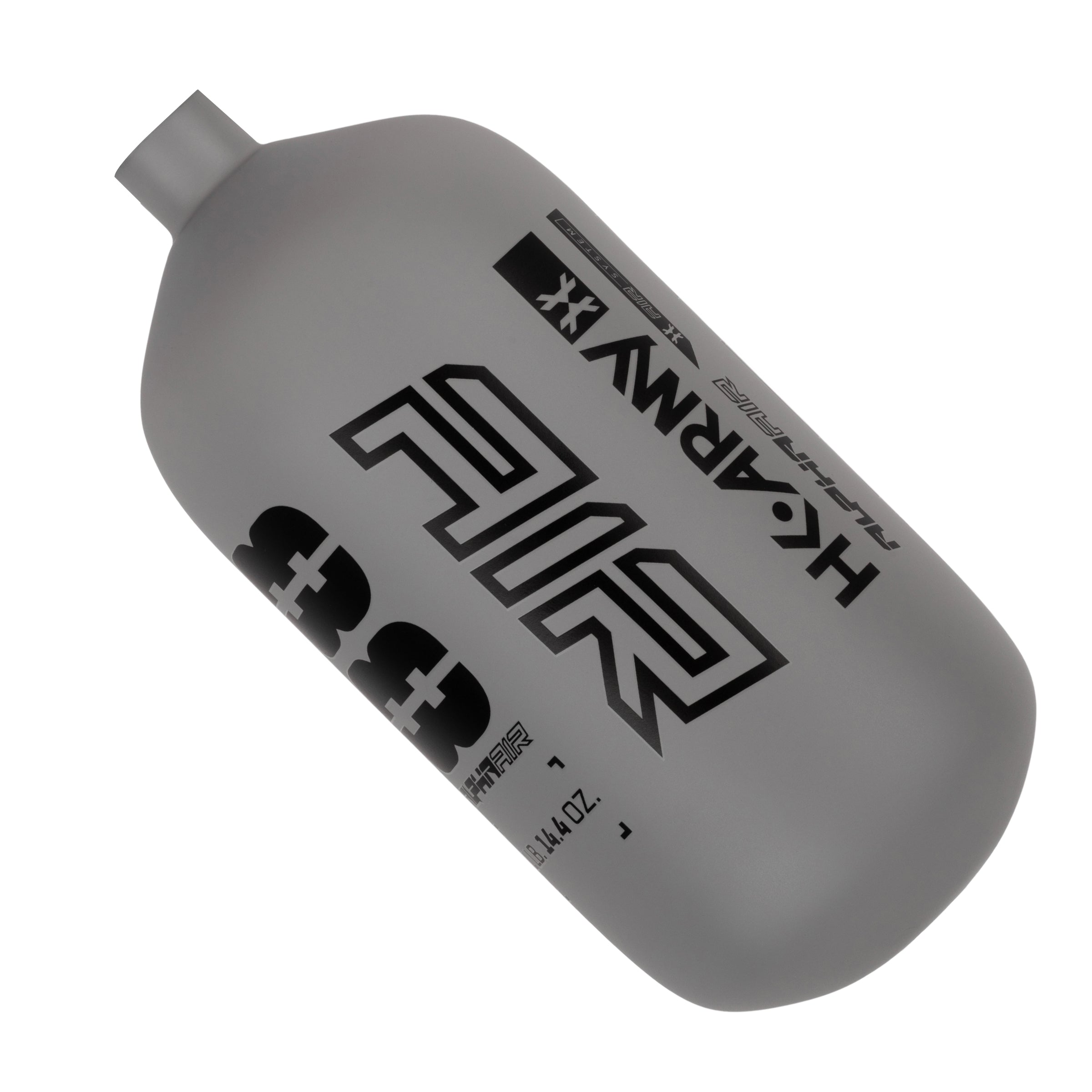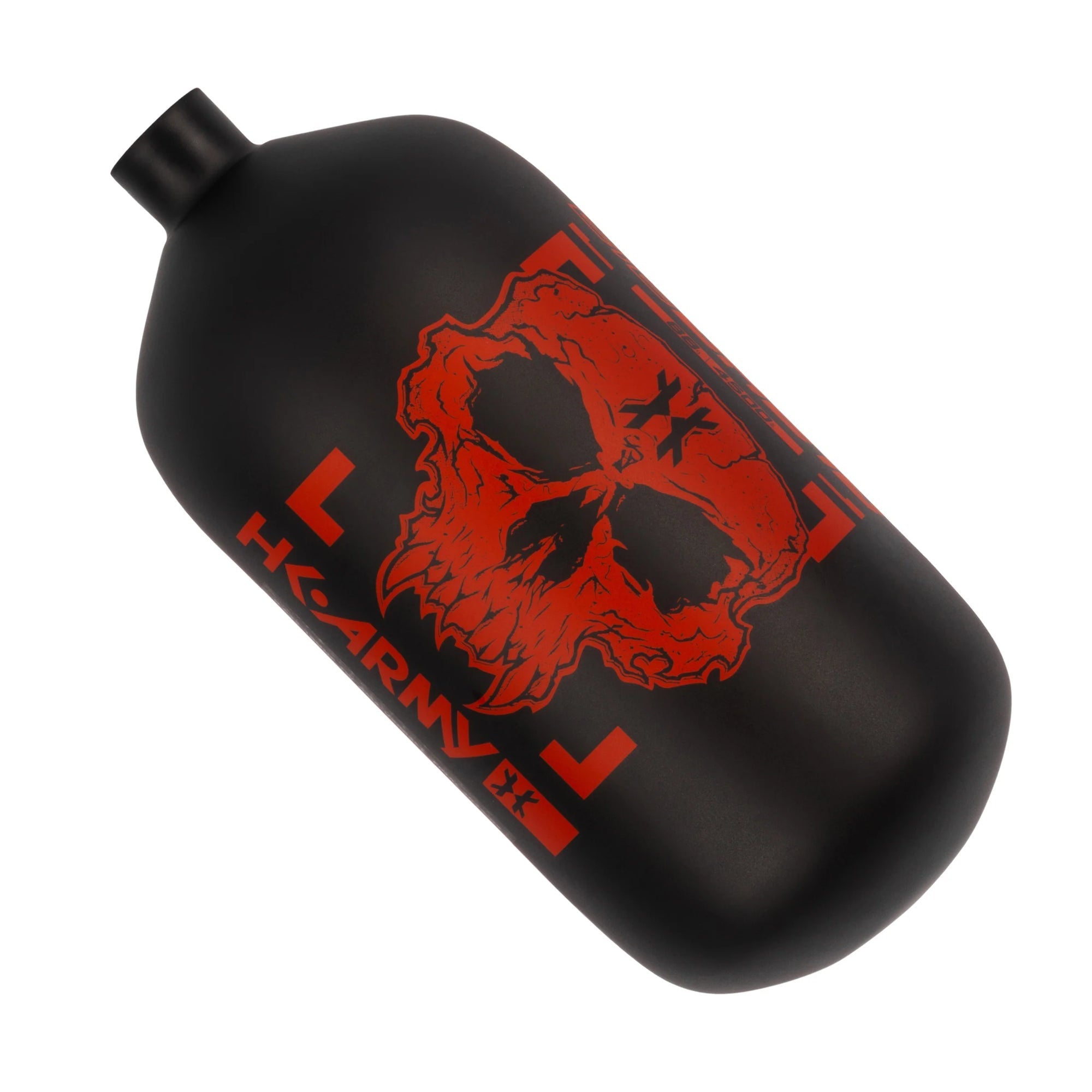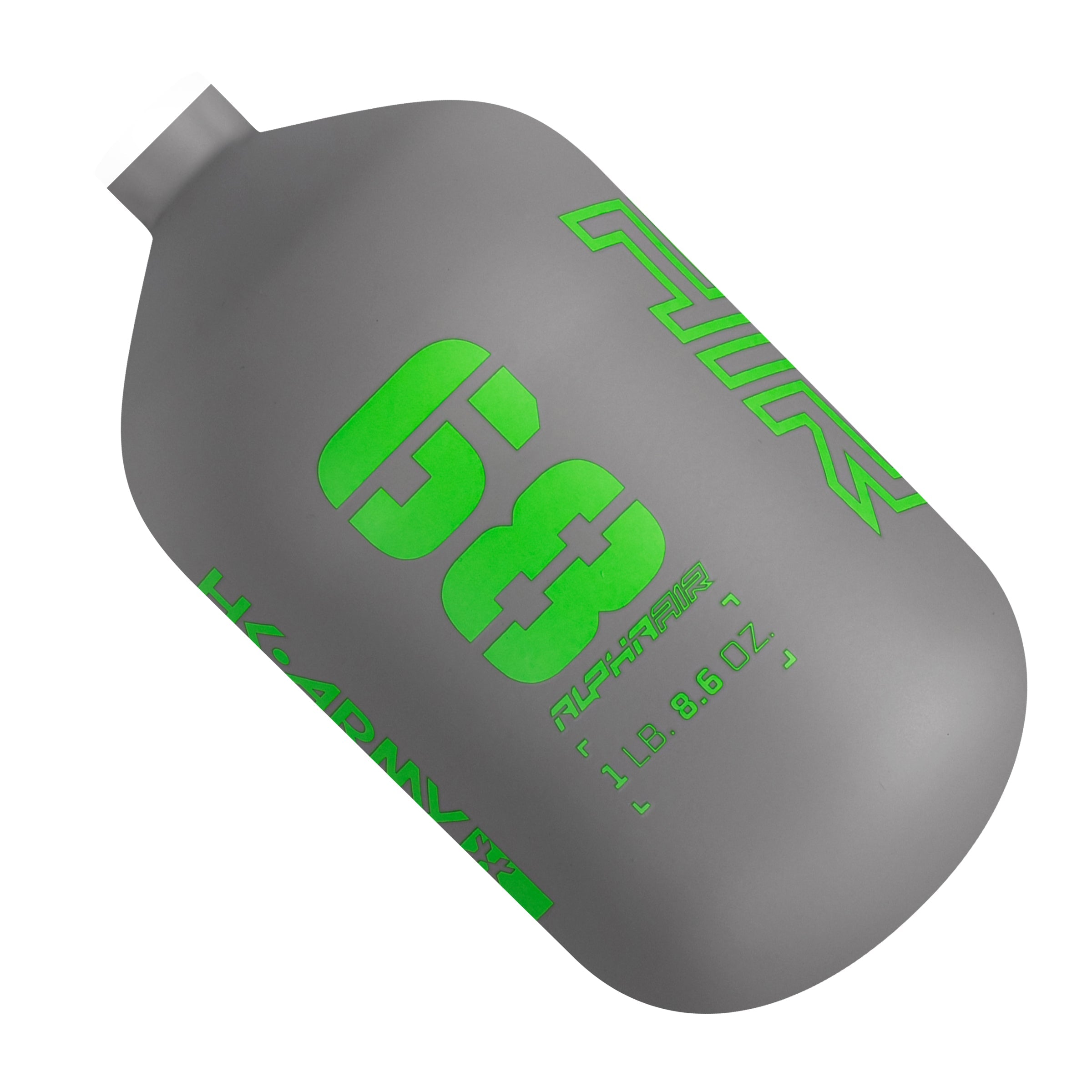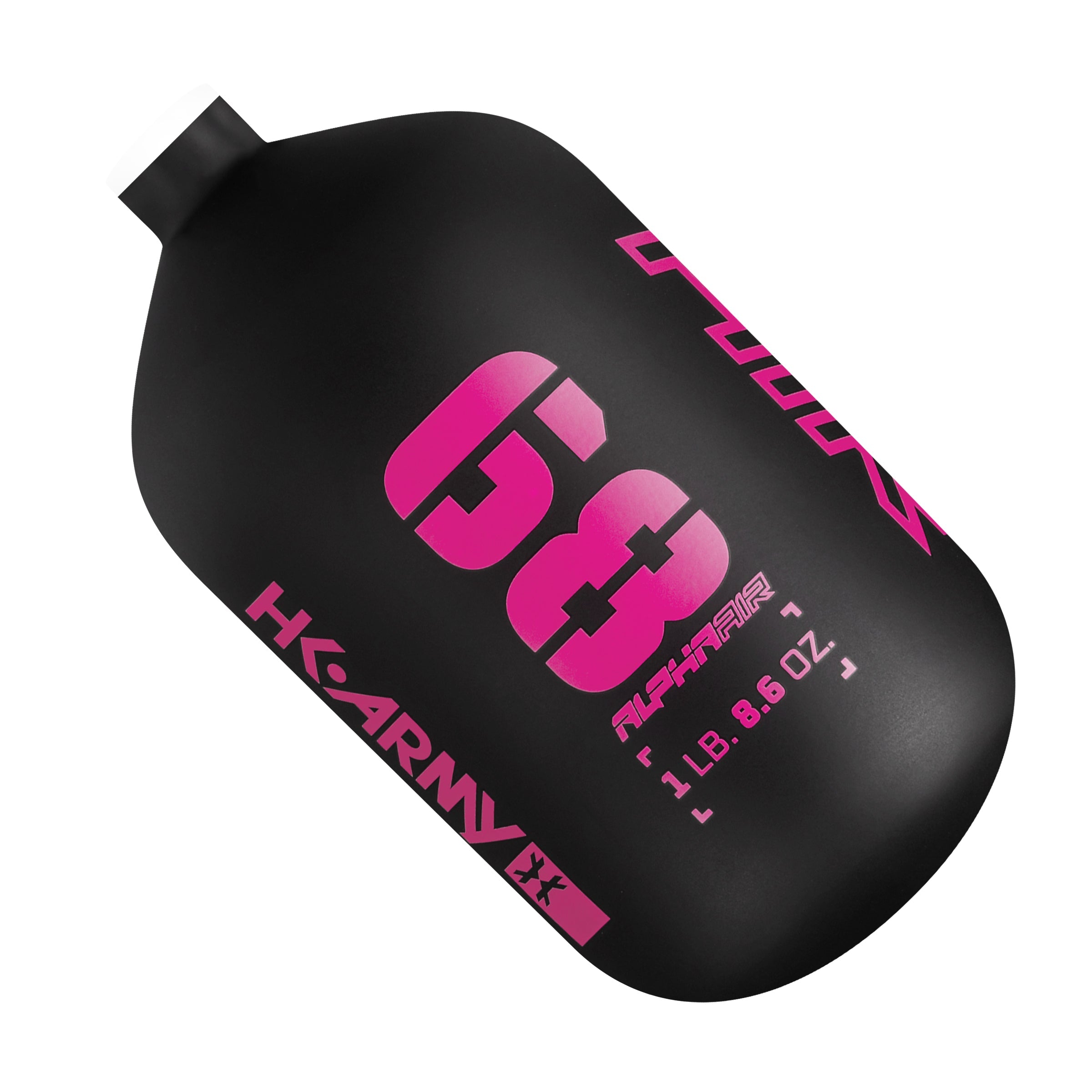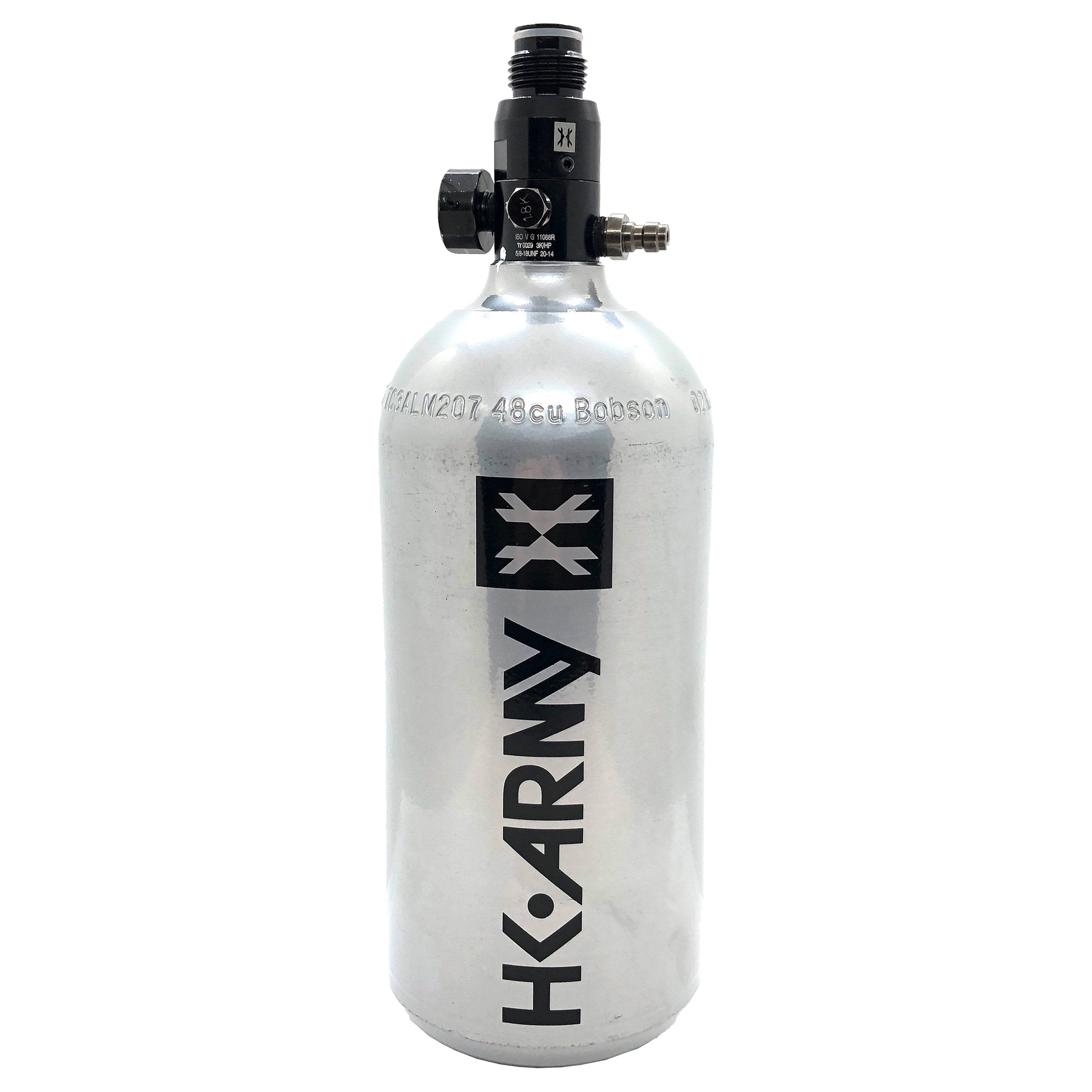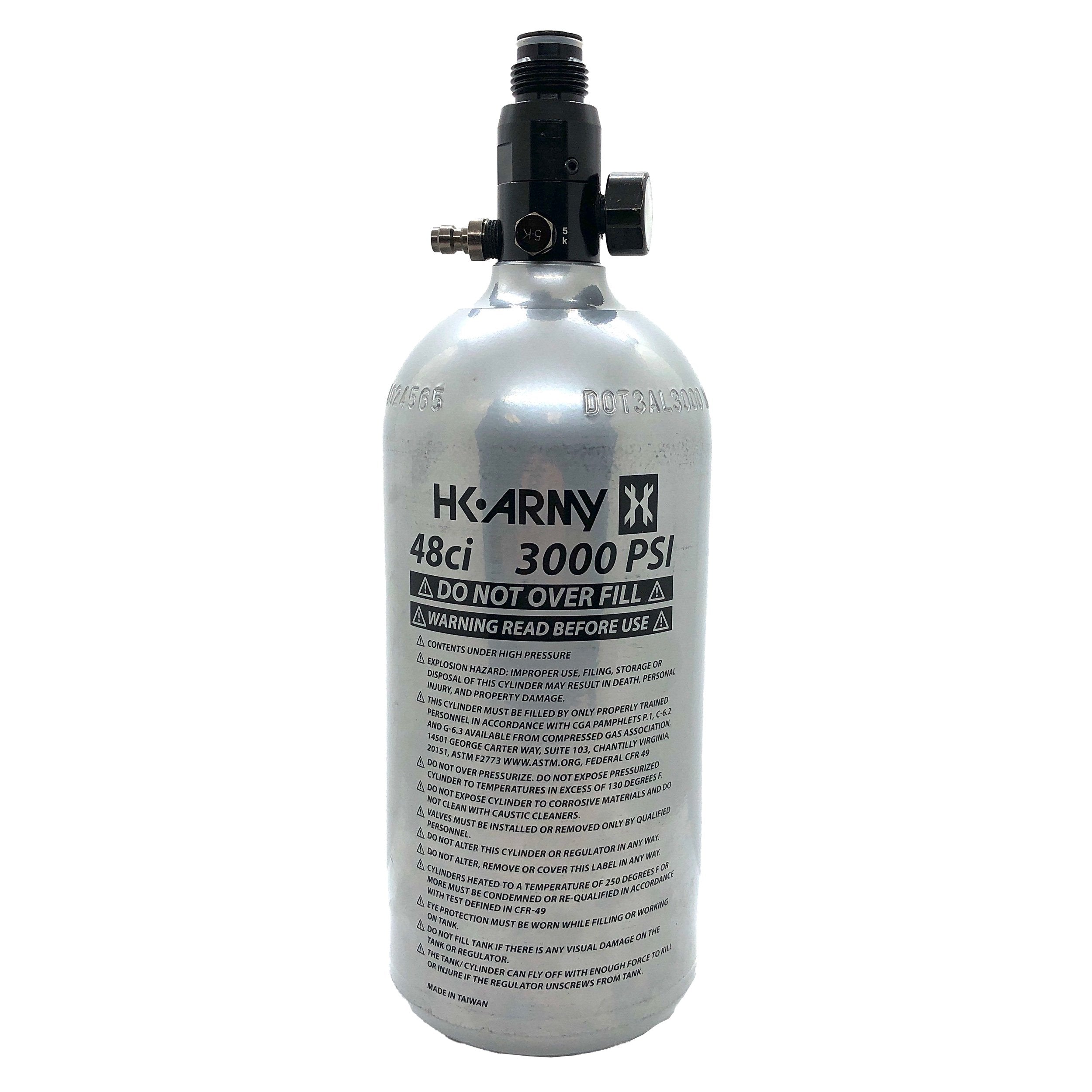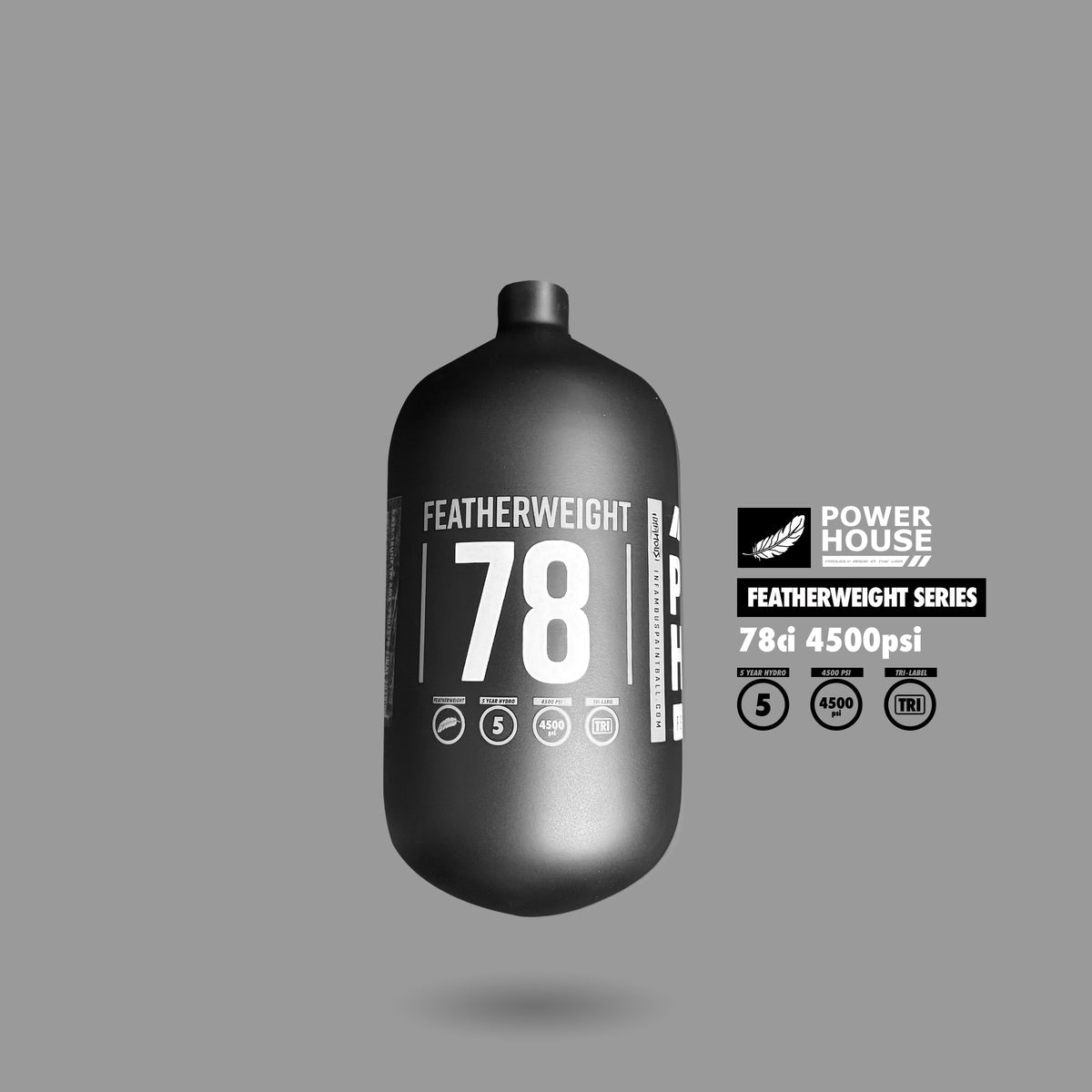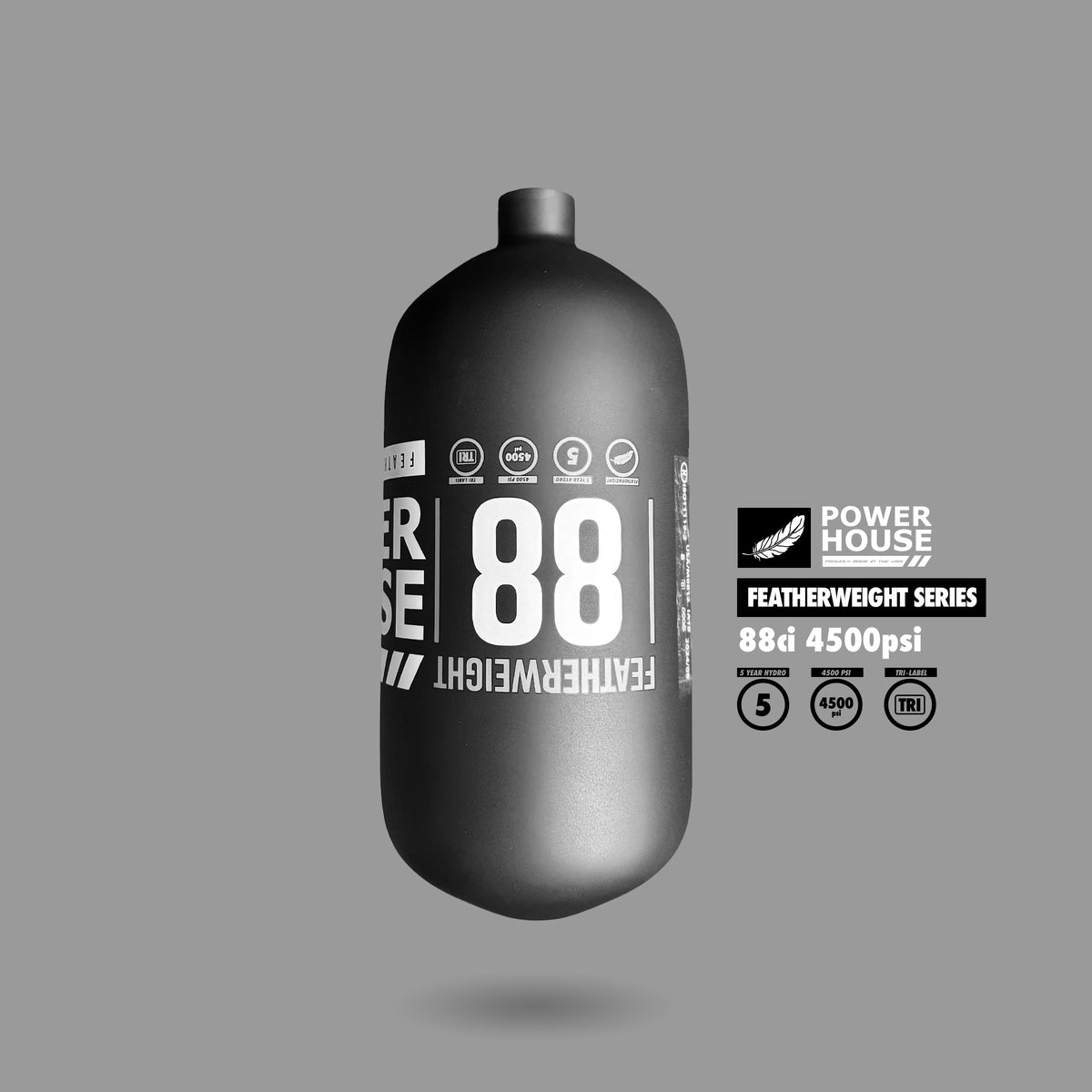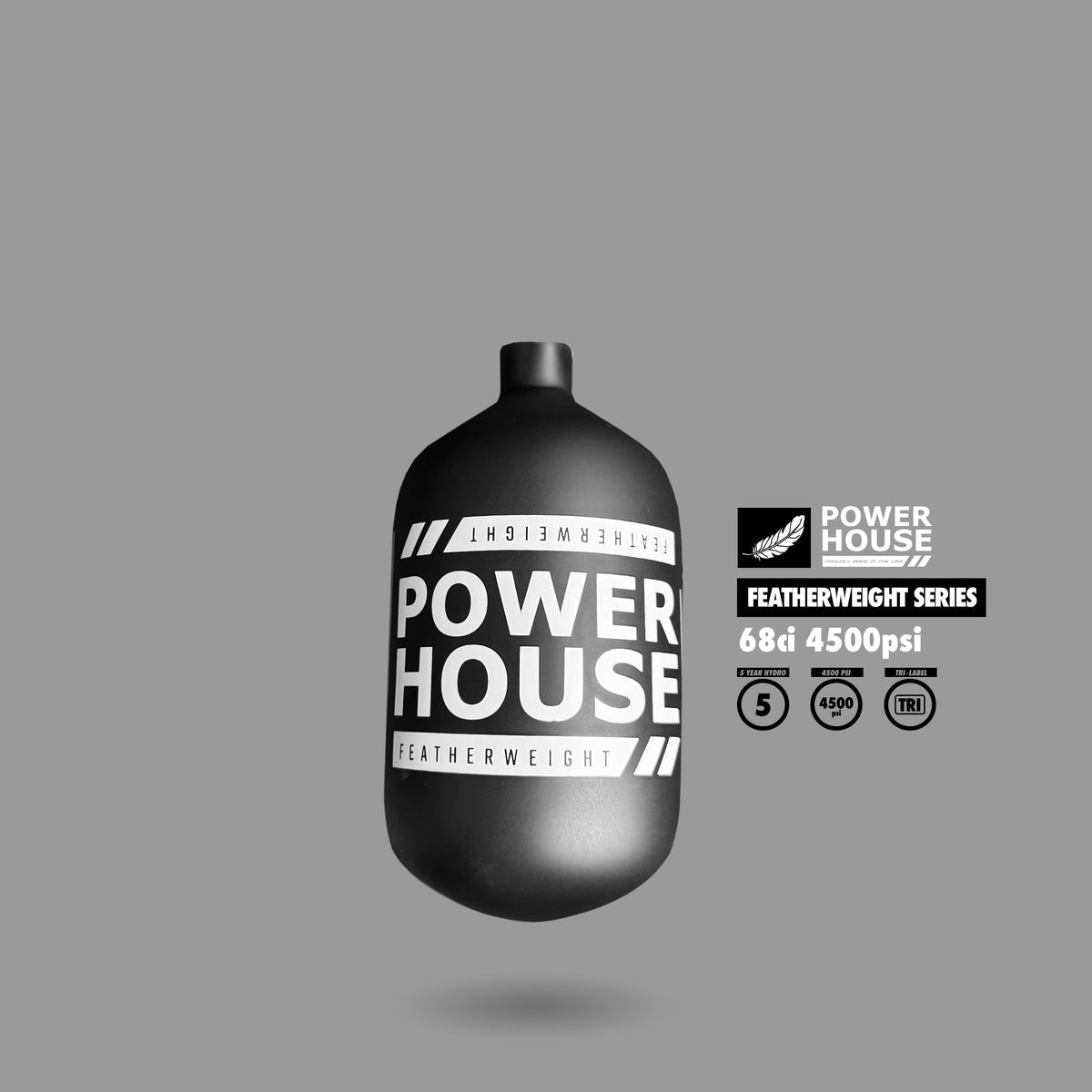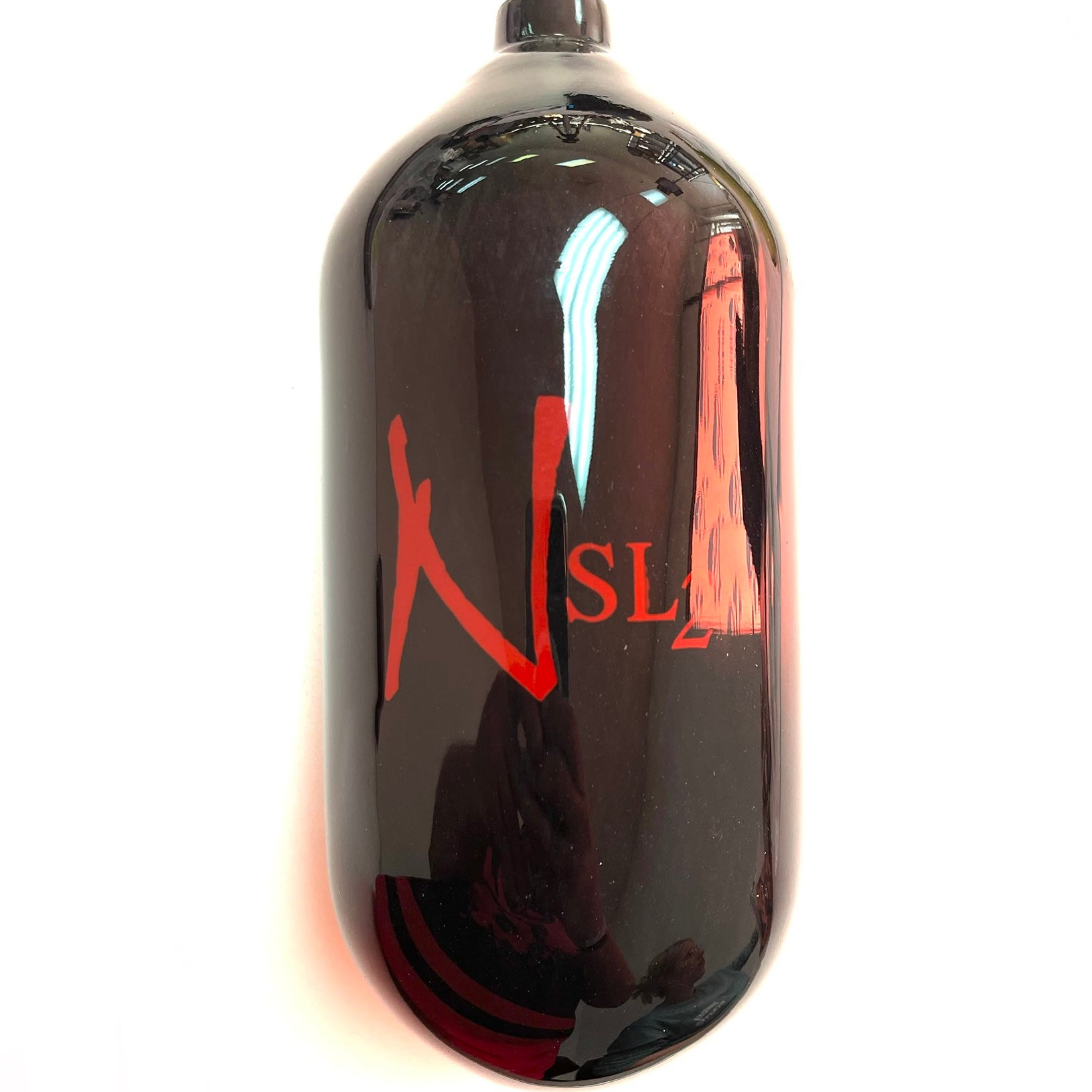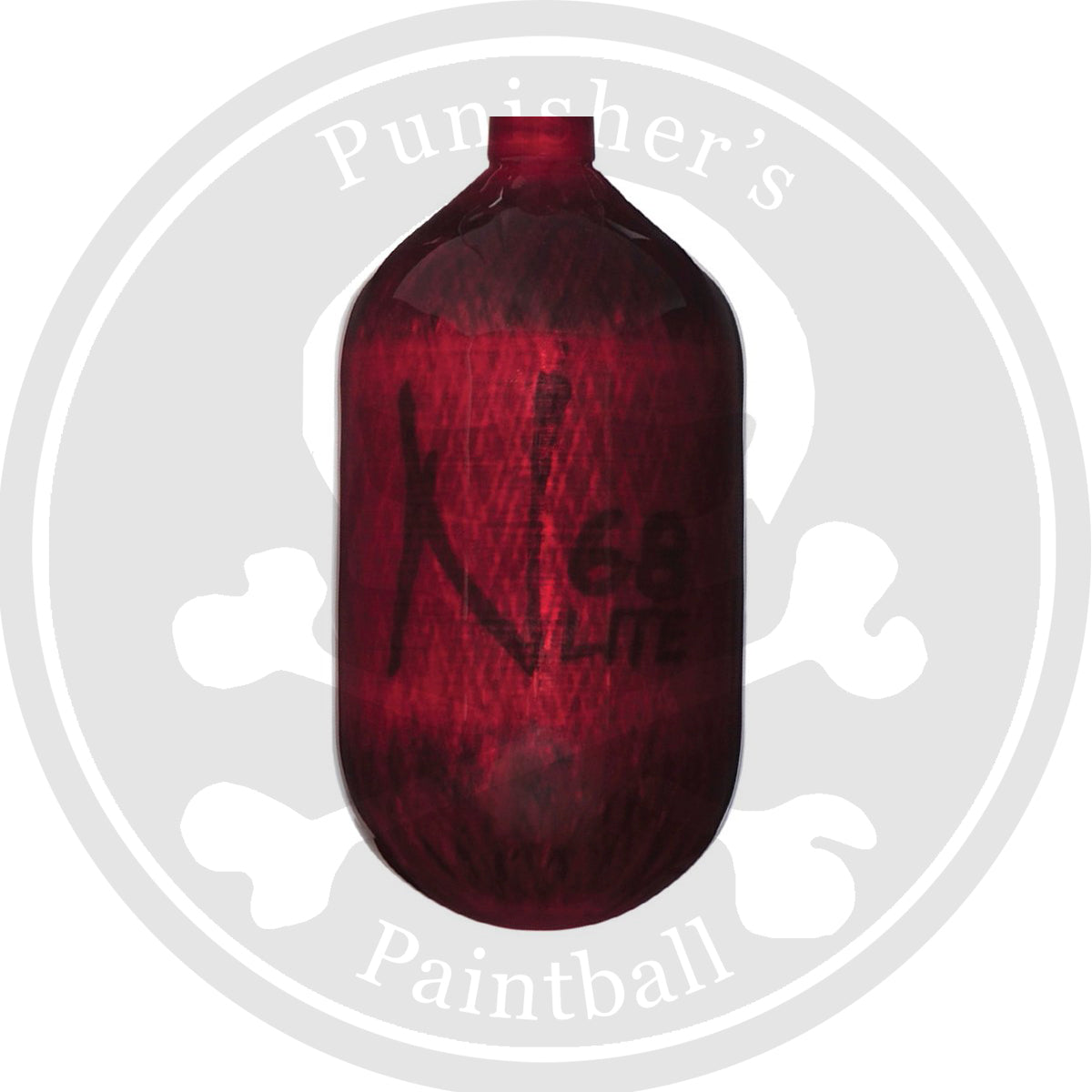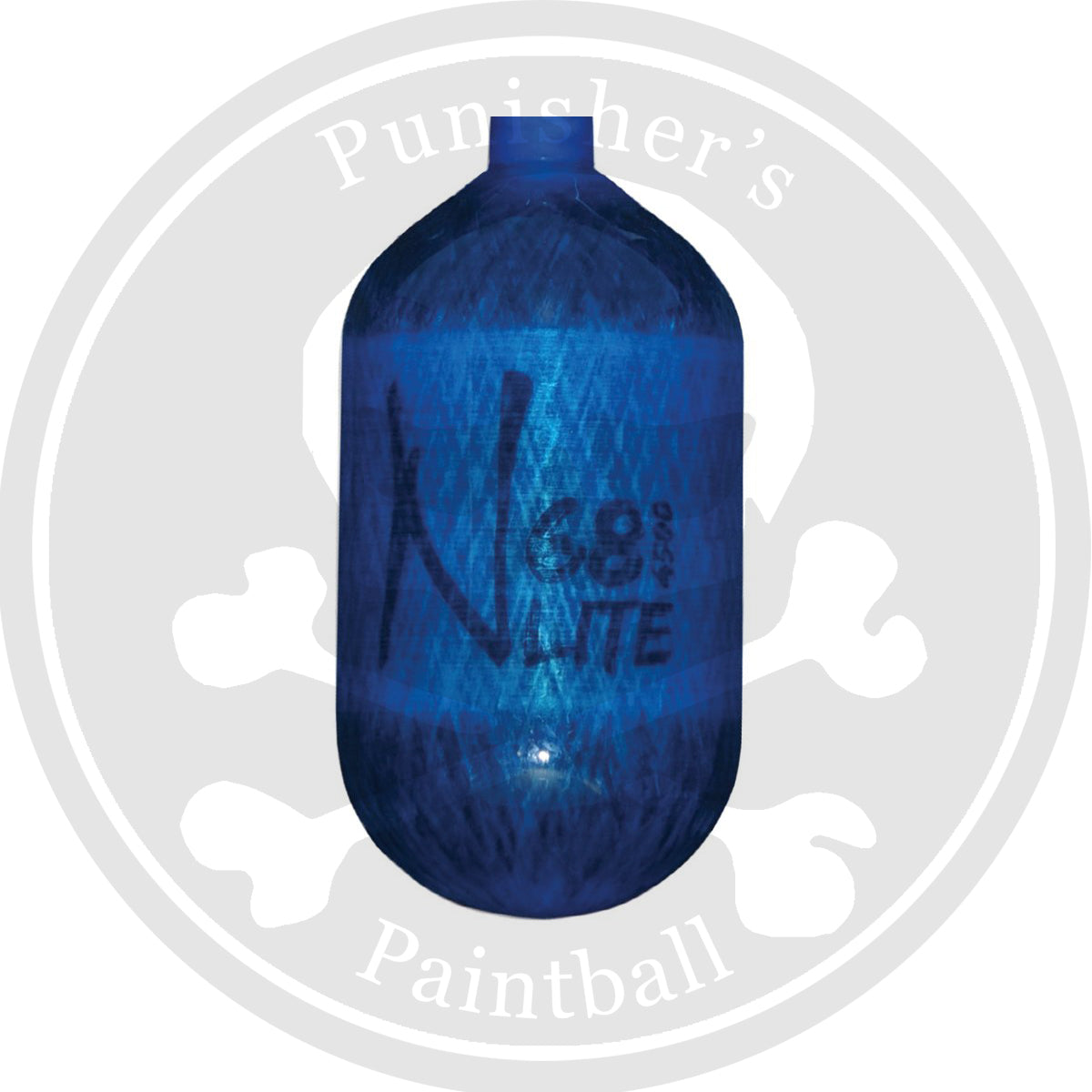- Christmas 2025
- Used / Trade-In
- New Arrivals
-
Guns
- DLX / Shocker
- Dye Paintball Guns
- Empire Paintball Guns
- Field One Force V2 Gun
- MacDev Paintball Guns
- Planet Eclipse Guns
- Tippmann Paintball Guns
- Other Paintball Guns
- Paintball Gun Packages
-
Paintball Gun Upgrades & Parts
- Deadlywinds Gun Upgrades
- DLX/Luxe Upgrades & Parts
- Dye Gun Upgrades & Parts
- Empire Gun Upgrades & Parts
- Exalt Gun Upgrades & Parts
- Field One Gun Upgrades & Parts
- First Strike Gun Upgrades & Parts
- GoG Gun Upgrades & Parts
- Guru Gun Stands
- HK Army Gun Upgrades & Parts
- Infamous Gun Upgrades & Parts
- Planet Eclipse Gun Upgrades & Parts
- Shocker Gun Upgrades & Parts
- Tech T Gun Upgrades & Parts
- Tippmann Gun Upgrades & Parts
-
Hoppers
-
Tanks
-
Masks
-
Paintballs & Pods
-
Barrels
- Pod Packs
-
Apparel & Pads
- Jerseys
- Pants
- Paintball Headwear
-
Protective Padding
- Bunkerkings Protective Padding
- Carbon Paintball Protective Padding
- Dye Protective Padding
- Exalt Protective Padding
- HK Army Protective Padding
- Infamous Protective Padding
- Planet Eclipse Protective Padding
- Sector Paintball Protective Padding
- Tippmann Protective Padding
- Valken Protective Padding
- Virtue Protective Padding
- Paintball Gloves
- Casual Wear
- Tactical Gear
- Paintball Tactical Vests
- Cleaning & Maintenance
- Airsoft
-
More
- Blog









